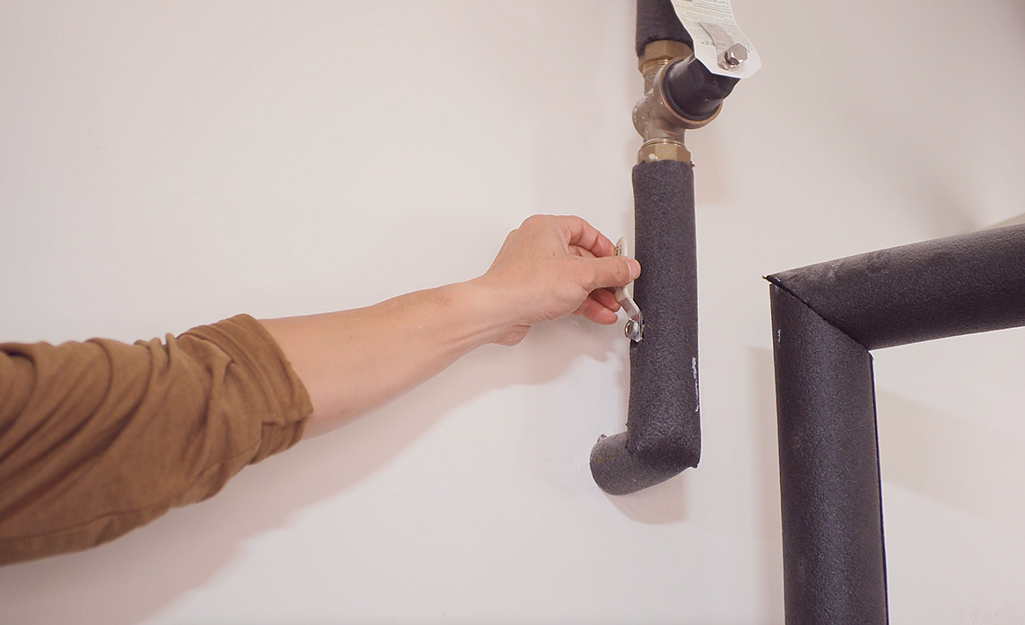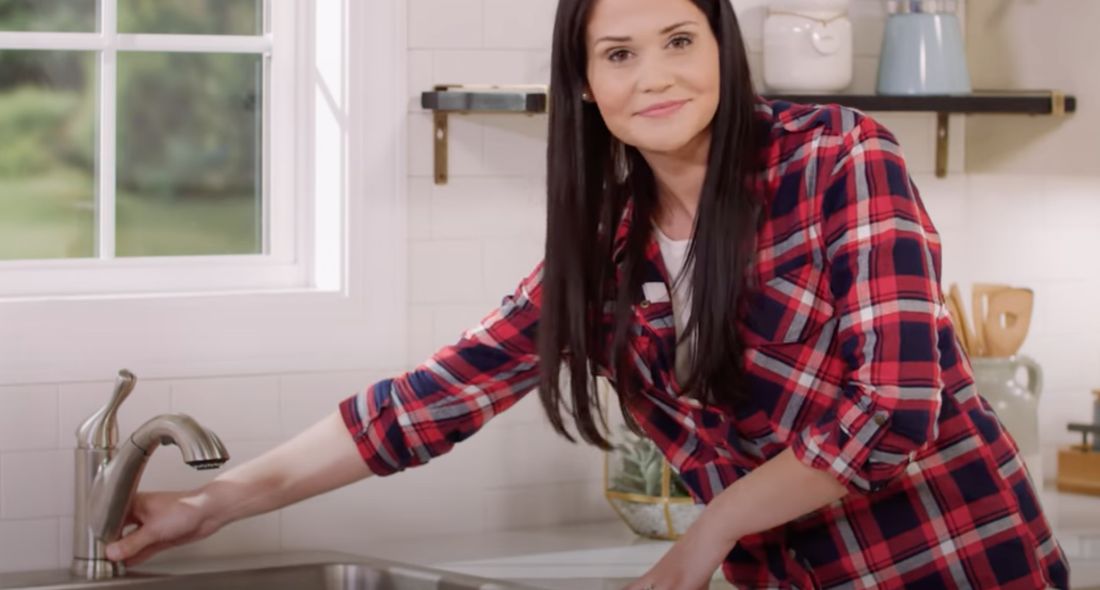Why It's Required to Resolve a Faulty Faucet
Why It's Required to Resolve a Faulty Faucet
Blog Article
Are you currently trying to find facts involving Leaky Faucets: Why They Happen & What to Do About Them?

Leaking taps could seem like a small inconvenience, yet their impact exceeds simply the annoyance of the noise. From drainage to sustaining unnecessary financial costs and health and wellness risks, disregarding a leaking tap can bring about numerous consequences. In this short article, we'll delve into why it's vital to resolve this usual family problem immediately and properly.
Wastage of Water
Environmental Impact
Dripping taps add dramatically to water wastage. According to the Environmental Protection Agency (EPA), a solitary tap dripping at one drip per second can lose greater than 3,000 gallons of water per year. This not just stress water resources yet additionally affects environments and wild animals based on them.
Step-by-Step Guide to Fixing a Dripping Tap
Tools Needed
Before trying to fix a dripping faucet, gather the essential devices, including an adjustable wrench, screwdrivers, substitute components (such as washing machines or cartridges), and plumber's tape.
Typical Tap Issues and Their Solutions
Determine the sort of tap and the particular concern triggering the drip. Typical problems include damaged washing machines, corroded shutoff seats, or malfunctioning O-rings. Describe manufacturer directions or on-line tutorials for step-by-step assistance on fixings.
Financial Expenses
Enhanced Water Expenses
Past the environmental effect, dripping faucets can blow up water costs significantly. The accumulated waste with time translates into higher utility costs, which can have been stayed clear of with prompt repairs.
Prospective Property Damage
Furthermore, extended leaking can cause harm to components and surface areas surrounding the faucet. Water accumulation can create staining, corrosion, and even architectural issues if left unattended, resulting in extra repair service prices.
Wellness Worries
Mold and Mildew Development
The continuous presence of dampness from a leaking faucet creates an optimal setting for mold and mildew and mold growth. These fungi not just compromise interior air quality however also present health dangers, particularly for individuals with breathing problems or allergic reactions.
Waterborne Illness
Stationary water in leaking faucets can end up being a breeding ground for germs and various other pathogens, boosting the risk of waterborne illness. Contaminants such as Legionella bacteria grow in stationary water, potentially resulting in major illnesses when consumed or inhaled.
DIY vs. Specialist Fixing
Benefits and drawbacks of DIY Repair
While some might attempt to deal with a leaking tap themselves, DIY repairs include their own set of obstacles. Without appropriate expertise and tools, do it yourself efforts can exacerbate the problem or lead to insufficient repairs, extending the trouble.
Benefits of Employing a Specialist Plumber
Working with a specialist plumber makes sure that the underlying root cause of the trickling tap is dealt with effectively. Plumbing professionals possess the proficiency and equipment to identify and fix faucet concerns successfully, saving time and reducing the danger of further damage.
Ecological Responsibility
Specific Payment to Preservation
Taking responsibility for repairing leaking faucets lines up with wider initiatives towards water preservation and environmental sustainability. Every individual's activities jointly make a significant impact on preserving precious sources.
Lasting Living Practices
By prioritizing prompt repairs and taking on water-saving behaviors, individuals contribute to lasting living practices that benefit both present and future generations.
Safety nets
Regular Maintenance Tips
To avoid leaking taps, execute routine maintenance such as cleaning up aerators, evaluating for leakages, and replacing worn-out components without delay. Furthermore, consider setting up water-saving devices or updating to more effective components.
Significance of Prompt Fixes
Resolving leaking taps as soon as they're discovered stops more water wastefulness and possible damages, ultimately conserving both water and cash in the future.
Influence On Home Worth
Understanding of Well-Maintained Residential Property
Keeping a property in good condition, consisting of resolving upkeep problems like dripping taps, improves its perceived value and desirability amongst prospective buyers or lessees.
Impact on Resale Value
Features with well-kept plumbing fixtures, consisting of faucets, command greater resale worths in the realty market. Addressing trickling faucets can add to a positive perception throughout home examinations and negotiations.
Final thought
Resolving a dripping faucet exceeds plain convenience; it's a vital action towards conserving water, decreasing monetary expenses, and securing wellness and property. Whether through DIY repairs or professional assistance, taking action to fix dripping taps is a small yet impactful way to advertise liable stewardship of resources and contribute to a much healthier, extra lasting future.
How to Fix a Leaky Faucet: Step-by-Step Repair Guide
A leaky faucet may seem like a simple annoyance, but if it's not fixed promptly, that leak could cost hundreds to potentially thousands. From water damage to mold, mildew, and high water bills, even a tiny leak can be catastrophic if left unattended. Damage like this can even affect the overall value of your home, so it's important to take the right approach for leaky faucet repair. You may need the help of a plumber in some cases, but we've got a few tips you can try on how to fix a leaky faucet before calling the pros.
Four Faucet Types
When you're learning how to fix a leaky faucet, the first step is knowing what kind of faucet you're working with! There are four common types.
Cartridge Faucets
Cartridge faucets come in one- or two-handled varieties. In one-handled cartridge faucets, hot and cold water combines in a single cartridge. In the two-handled versions, hot and cold water are controlled separately and mixed in the faucet.
Ball Faucets
Ball faucets have a single lever you push up and down to adjust the pressure and rotate to change the temperature. A slotted metal ball controls the amount of water allowed into the spout.
Compression Washer Faucets
They're the oldest type of faucet, but they're still used in many homes — especially older ones. Compression faucets have two separate handles that, when turned, raise or lower the washer that seals a water valve. This valve stops water from flowing through the faucet when it is turned off.
Disc Faucets
Disc faucets rarely need to be repaired due to their maintenance-free design. The water flow is controlled by two discs — the upper one raises and lowers against a fixed lower disc, creating a watertight seal. If your disc faucet starts leaking, you may need to replace the seals or clean residue buildup from the inlets.
Fixing a Leaky Faucet
Step 1: Turn Off the Water
Whether you're learning how to fix a leaky bathtub faucet or how to fix a leaky kitchen faucet, always turn off the water supply to your working area when you're fixing a leak. The last thing you want is a flood added to your list of things to fix.
Look for the shutoff valves below your sink or around the tub and turn them clockwise to stop the water flow. If your faucet doesn't have shutoff valves, you may need to turn off the water for the whole house. Check to make sure it's off by turning the faucet on. If nothing comes out, you're ready to start the repair.
Step 2: Take Apart the Faucet
How you disassemble your faucet depends on the type of fixture you have. You can use a flathead screwdriver to remove the caps on top of the handle or handles for cartridge and compression faucets. Inside, you should see handle screws. Unscrew these with a screwdriver to remove the handle.
Disc- and ball-style faucets will typically have an inlet screw near the handle, and removing that will reveal the interior of the faucet.
Detach the Valve Stem
For cartridge- and compression-style faucets, you'll see the inner valve stem or cartridge once you remove the faucet handles. If you have a compression faucet, unscrew the brass valve stem. If you have a cartridge faucet, pull out the cartridge. If your cartridge has been in place for a while, it may require some tools or extra force to remove it due to mineral deposits.
Examine and Replace Parts
Once you've removed the parts, check them out to confirm what needs to be replaced. You may see corroded rubber washers, O-rings, stems, or cartridges. On a ball-style faucet, check the seats and springs for damage.
If you need to repair a leaky disc faucet, check the inlet and seals on the lower disc.
Once you determine what parts must be replaced, visit your local hardware store. Bring the damaged parts with you to ensure you can purchase the correct components to replace them.
Clean Valves and Faucet Cavity
If you've removed a stem or cartridge, you may notice mineral buildup in the faucet's threads. Use white vinegar to clean the valve seat by soaking it for a few minutes, then scrub it away with a soft toothbrush and rinse with warm water. You can also clean the interior of the faucet in the same way.
Reassemble the Faucet
Once your faucet is cleaned and the required parts have been replaced, it's time to reassemble it. Put the pieces back together and slowly turn the water supply back on. Doing this slowly is crucial because too much initial water pressure can damage the new hardware you've just installed.
https://homewarranty.firstam.com/blog/how-to-fix-leaky-faucet

Do you appreciate more info about Leaky Faucets: Why They Happen & What to Do About Them? Write feedback below. We will be happy to see your thinking about this article. In hopes to see you back again soon. Appreciated our post? Please share it. Let another person discover it. We treasure reading our article about Why It's Important to Fix Leaky Faucets.
Report this page